Date: 24 Feb 2023
Mag. Pharm. Emil Tiholov:
We exported algae
by plane to Japan and GFR!
Their mass increased 2 to 3 times in a single day!
- Emil, tell us, please, about the Bulgarian Academy of Sciences base at Rupite, of which you were the director.
- In 1981 Prof. Hristo Dilov invited me to take over the base in Rupite because he needed a chemical technologist like me. He told me that there would be a competition for a research assistant, that I should take part and if I won, I could head the base. This was in 1982. In April, I went to Rupite, where I stayed for a year because I was called back... However, I had a commitment to look after the base for 5 years, which I did.
Together with colleagues we built the halls, equipped them, developed the technology to extract the useful ingredients from the algae. We cultivated mainly Scenedesmus cutos, but I later convinced them to take out one other strain that had settled in the culture on its own. This was Scenedesmus acuminatos. We started growing it because it was wild and much more resistant - it never got sick. We also experimented with chlorella and with the now famous spirulina.
- Why was the lab closed down?
- Because of the greed of the people from the Bandage Factory in Sandanski. They plotted against Prof. Dilov, and they usurped the base, but then could not cope. Then they organised a revision committee to give it back to the BAS and I was elected a member of that committee, but was never asked to do any work. I don't think the committee did any work at all. And so, this wonderful base and this wonderful endeavour are sinking into oblivion.
- Is it true that you exported algae products to Japan?
- Yes, to Japan and to the GFR. We exported dried Scenedesmus using a magnificent technology developed by the Czechs and Prof. Asen Gubev. The final product was dried pulp, which we scooped into tin cans and exported by plane.
- Did you grow the microalgae in the springs?
- No, we set up plants with concrete areas with a 3 percent slope that had grates in them so that the water-algae slurry flowed very slowly. We had installations of 50, 100 and 250 square metres on which we cultivated microalgae. In the morning, if we put in, say, 10 kg of microalgae, we would get out 20-25 kg in the evening. We’re talking about incredible growth. No plant can achieve that kind of growth. Whatever was in excess, we would put in separators, then concentrate it to a certain percentage of dry matter, feed it into a spray dryer, which injects water as a spray, and then hot air is released in the countercurrent, so that in this cyclone, by the time the algae hit the bottom, they’re already dry. They are then packed up to go on the plane.
- Why did you build the base on Rupite?
- Rupite is the best place for algae. I’m sure there is no other place like it in the world! First there is the strong sunshine. This can sometimes be a problem because when the algal suspension overheats, the unicellular algae die. But if they are cooled down - by lowering them through the grates - they give a great yield.
The second advantage is that the mineral water, which is 74 degrees, is high in CO2. We extracted this CO2 on site, stored it and fed it into the algae suspension so that the suspension would be saturated and this CO2, through photosynthesis, would be absorbed and the algae would multiply up to 2-3 times in a day. Marvellous! I could have stayed there all my life, I enjoyed it so much. My heart is there to this day.
- What is going on at the base nowadays?
- Everything has been destroyed, locked down, overgrown, the buildings look like Hiroshima... How anyone could let something so successful perish, I cannot phathom. Lack of constructive thinking, complete - I don't like the word carelessness - so I'll say irresponsibility.
- Since we used to export to Japan, the land of seaweed, this must mean that our products were very good?
- We were number one, nobody else could make several tonnes in one go. Only we could.
Mag. Pharm. Emil Tiholov:
We exported algae
by plane to Japan and GFR!
Their mass increased 2 to 3 times in a single day!
- Emil, tell us, please, about the Bulgarian Academy of Sciences base at Rupite, of which you were the director.
- In 1981 Prof. Hristo Dilov invited me to take over the base in Rupite because he needed a chemical technologist like me. He told me that there would be a competition for a research assistant, that I should take part and if I won, I could head the base. This was in 1982. In April, I went to Rupite, where I stayed for a year because I was called back... However, I had a commitment to look after the base for 5 years, which I did.
Together with colleagues we built the halls, equipped them, developed the technology to extract the useful ingredients from the algae. We cultivated mainly Scenedesmus cutos, but I later convinced them to take out one other strain that had settled in the culture on its own. This was Scenedesmus acuminatos. We started growing it because it was wild and much more resistant - it never got sick. We also experimented with chlorella and with the now famous spirulina.
- Why was the lab closed down?
- Because of the greed of the people from the Bandage Factory in Sandanski. They plotted against Prof. Dilov, and they usurped the base, but then could not cope. Then they organised a revision committee to give it back to the BAS and I was elected a member of that committee, but was never asked to do any work. I don't think the committee did any work at all. And so, this wonderful base and this wonderful endeavour are sinking into oblivion.
- Is it true that you exported algae products to Japan?
- Yes, to Japan and to the GFR. We exported dried Scenedesmus using a magnificent technology developed by the Czechs and Prof. Asen Gubev. The final product was dried pulp, which we scooped into tin cans and exported by plane.
- Did you grow the microalgae in the springs?
- No, we set up plants with concrete areas with a 3 percent slope that had grates in them so that the water-algae slurry flowed very slowly. We had installations of 50, 100 and 250 square metres on which we cultivated microalgae. In the morning, if we put in, say, 10 kg of microalgae, we would get out 20-25 kg in the evening. We’re talking about incredible growth. No plant can achieve that kind of growth. Whatever was in excess, we would put in separators, then concentrate it to a certain percentage of dry matter, feed it into a spray dryer, which injects water as a spray, and then hot air is released in the countercurrent, so that in this cyclone, by the time the algae hit the bottom, they’re already dry. They are then packed up to go on the plane.
- Why did you build the base on Rupite?
- Rupite is the best place for algae. I’m sure there is no other place like it in the world! First there is the strong sunshine. This can sometimes be a problem because when the algal suspension overheats, the unicellular algae die. But if they are cooled down - by lowering them through the grates - they give a great yield.
The second advantage is that the mineral water, which is 74 degrees, is high in CO2. We extracted this CO2 on site, stored it and fed it into the algae suspension so that the suspension would be saturated and this CO2, through photosynthesis, would be absorbed and the algae would multiply up to 2-3 times in a day. Marvellous! I could have stayed there all my life, I enjoyed it so much. My heart is there to this day.
- What is going on at the base nowadays?
- Everything has been destroyed, locked down, overgrown, the buildings look like Hiroshima... How anyone could let something so successful perish, I cannot phathom. Lack of constructive thinking, complete - I don't like the word carelessness - so I'll say irresponsibility.
- Since we used to export to Japan, the land of seaweed, this must mean that our products were very good?
- We were number one, nobody else could make several tonnes in one go. Only we could.


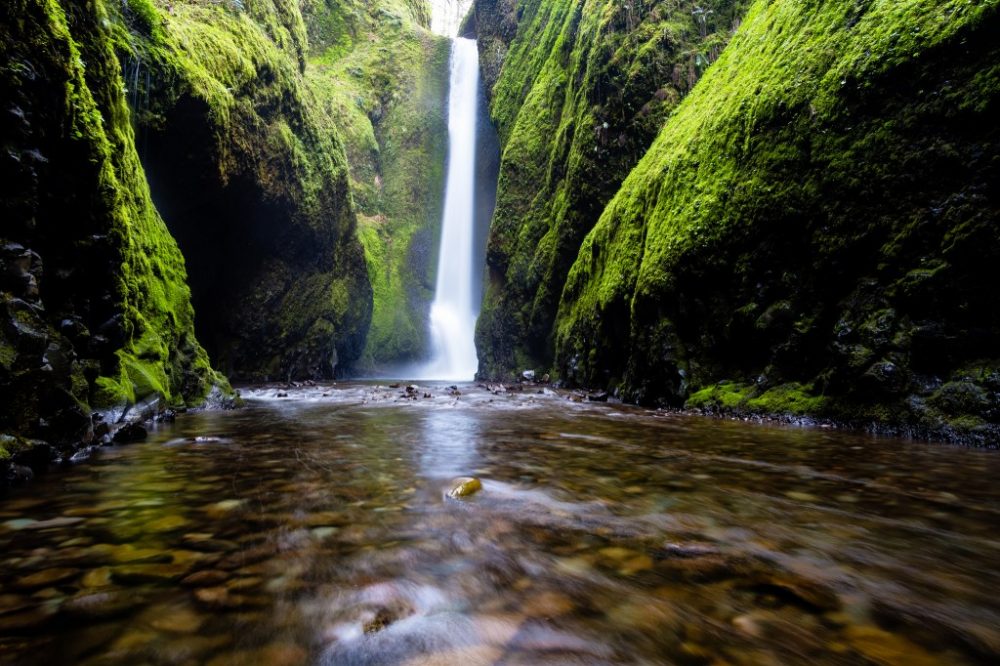
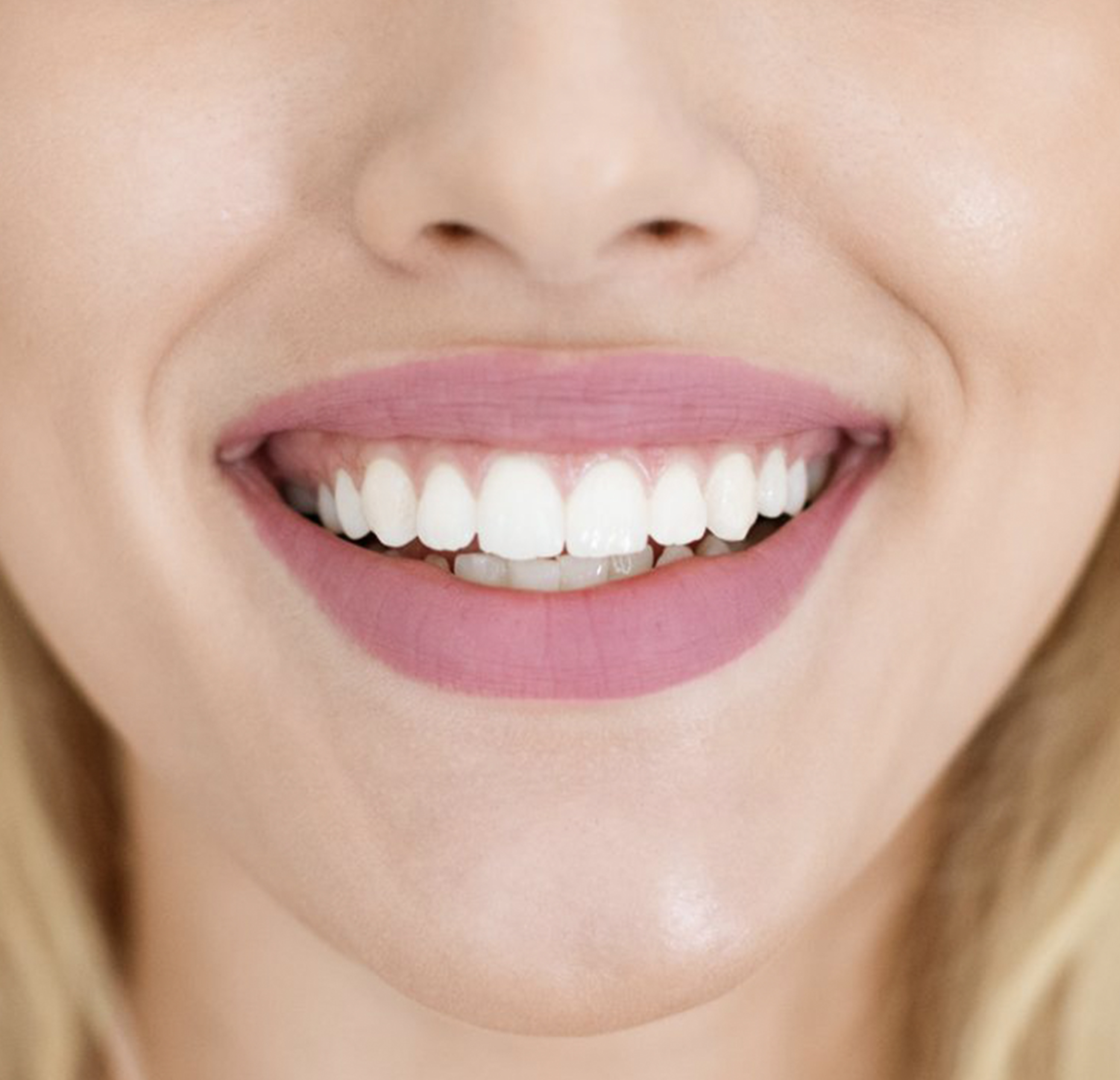

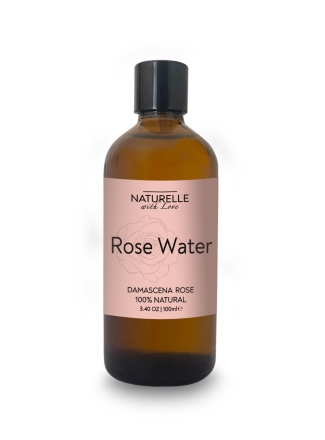
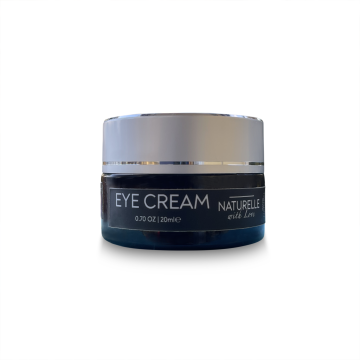
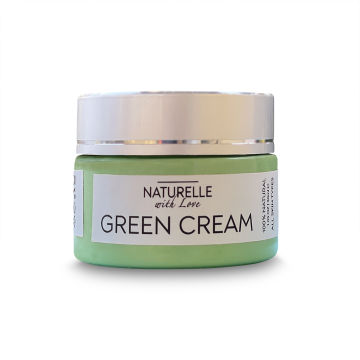
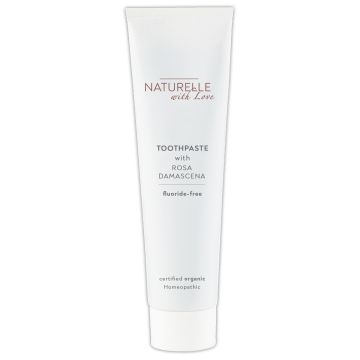
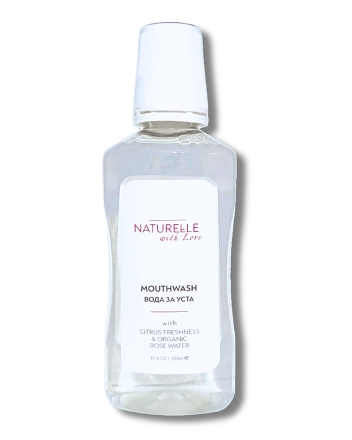
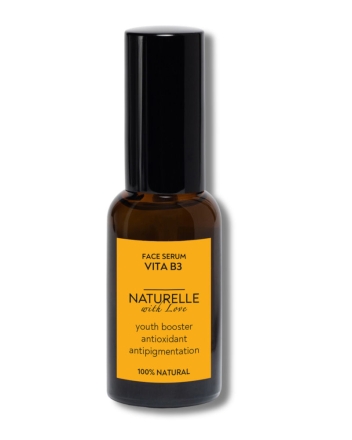
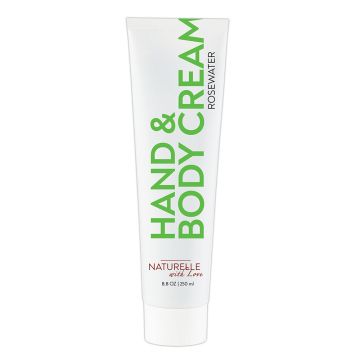
Post comment